Canon EOS R5 Mark II review
Key specs
Type: Mirrorless
Sensor: 45MP full-frame back-illuminated stacked CMOS sensor
Lens mount: RF/RF-S
ISO range: 100-51200
Viewfinder resolution: 5.76m dot OLED
Video capability: 8K up to 60 FPS, 4K up to 120 FPS,2K up to 240 FPS, FHD up to 240 FPS
Weight: 1.64 lbs / 746 g with card and battery
Size: 5.45×3.98×3.68 in / 138.5×101.2×93.5 mm
Memory card type: 1x SD/SDHC/SDXC (UHS-II), 1x CFexpress Type B
It's safe to say that most cameras can be used to shoot any subject, while most are also best suited to a particular subject based on size and features. So, it takes a bold claim to market a camera as being suitable for all subjects, including video, but that's exactly what Canon has done with the Canon EOS R5 Mark II.
Before we delve into the intricacies of this camera, we can be bold at this stage by exclaiming that the Canon EOS R5 Mark II is easily one of the best cameras for astrophotography. This impressive camera features a 45MP full-frame back-illuminated stacked CMOS sensor and offers solid high ISO handling alongside up to 8K video capture.
It also features some of the same advanced features as the flagship Canon EOS R1. This includes the DIGIC Accelerator processor, the DIGIC X image processor and the high-speed image sensors each camera uses. This delivers assistive technologies and Deep Learning, including in-camera image interpolation and noise reduction, alongside incredibly fast autofocus.
The EOS R5 Mark II is undoubtedly an impressive professional camera aimed at photographers and videographers, regardless of the subjects they capture. It's a professional camera with a price tag to match, but if your pockets are deep enoug,h you certainly won’t be disappointed.
Canon EOS R5 Mark II: Design
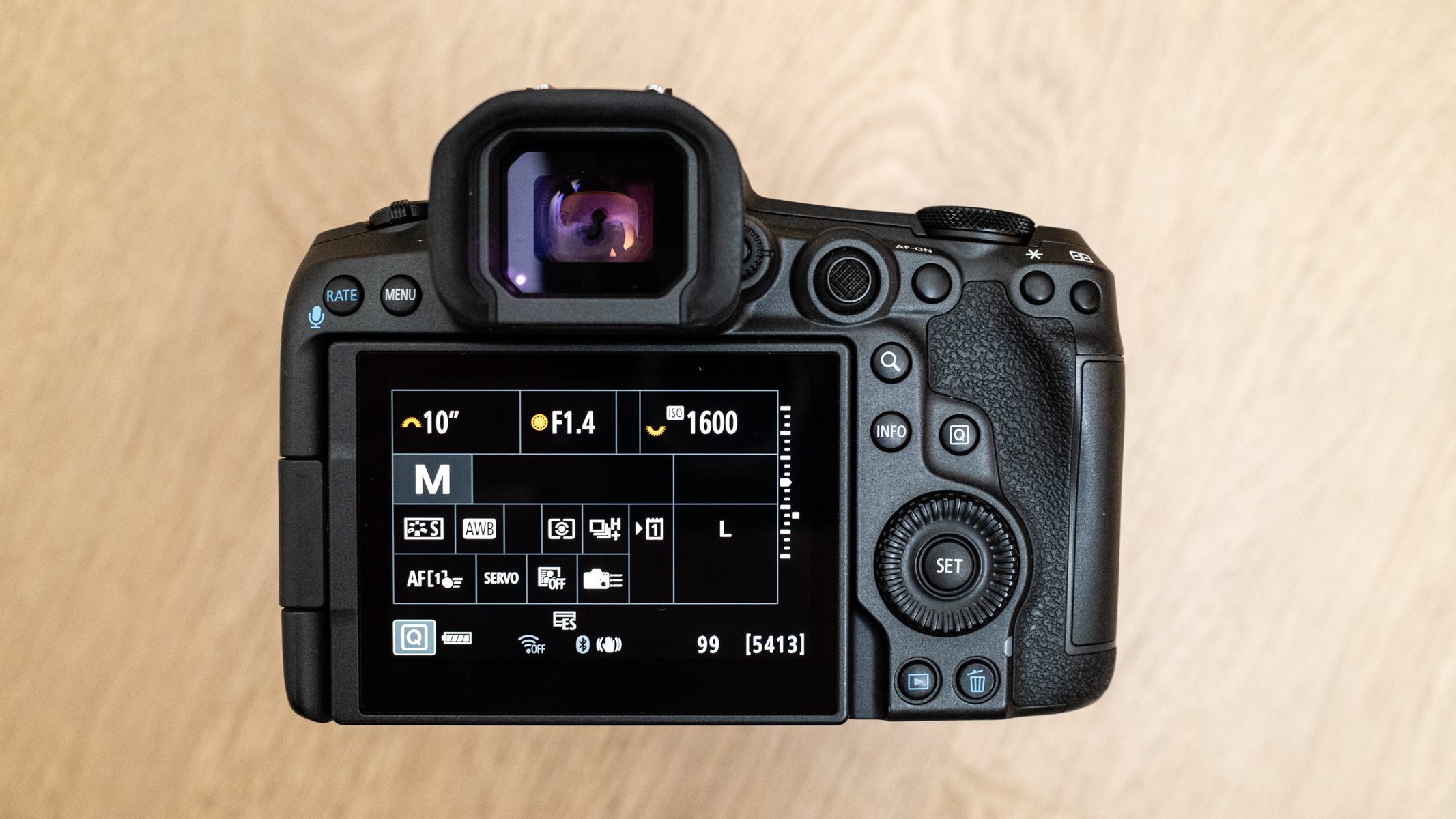
- Articulating LCD screen
- High-resolution OLED viewfinder
- Solid build and design
The R5 Mark II is a professional camera and as you'd expect, the build quality is excellent. It's constructed with a heat-dissipating magnesium alloy body that also offers dust and moisture resistance. The control layout is also highly functional with plenty of direct access controls. This makes the operation quick, easy and most importantly, intuitive.
Professional cameras typically have an abundance of direct access controls for this reason and to avoid relying on menus to access commonly used settings. The menu is, however, easy and intuitive to navigate, despite having a high number of features and functions available, including customization options.
None of the controls are illuminated, which would be extremely useful for shooting at night, but they are clearly visible, lit by a headtorch set to its red light setting. However, once the main settings are dialled in, it's easy to change shutter speed and ISO in the dark despite not having illuminated buttons.

The OLED electronic viewfinder provides an incredibly clear image thanks to its generous 5.76m dot resolution and 120 FPS refresh rate. On the rear of the camera, the articulating LCD touchscreen is 3.2 in with a 2.1m dot resolution, providing clear Live View and playback of photos and videos. For astrophotography, this is nice and clear for precise manual focusing.
Despite being a professional camera body, the R5 Mark II doesn’t feature a vertical grip for portrait format shooting, although you can purchase three different attachable grips, including one with a cooling system to extend 8K video capture time up to four times Canon claims.
The R5 Mark II body is fairly compact and lightweight, with dimensions of 5.45×3.98×3.68 in / 138.5×101.2×93.5 mm and a weight of 1.64 lbs / 746 g with a memory card and battery. It balances well with most lenses, although not as well as the larger EOS R1 with larger and heavier lenses. Incidentally, the battery is a new, higher-capacity design to increase shooting time.
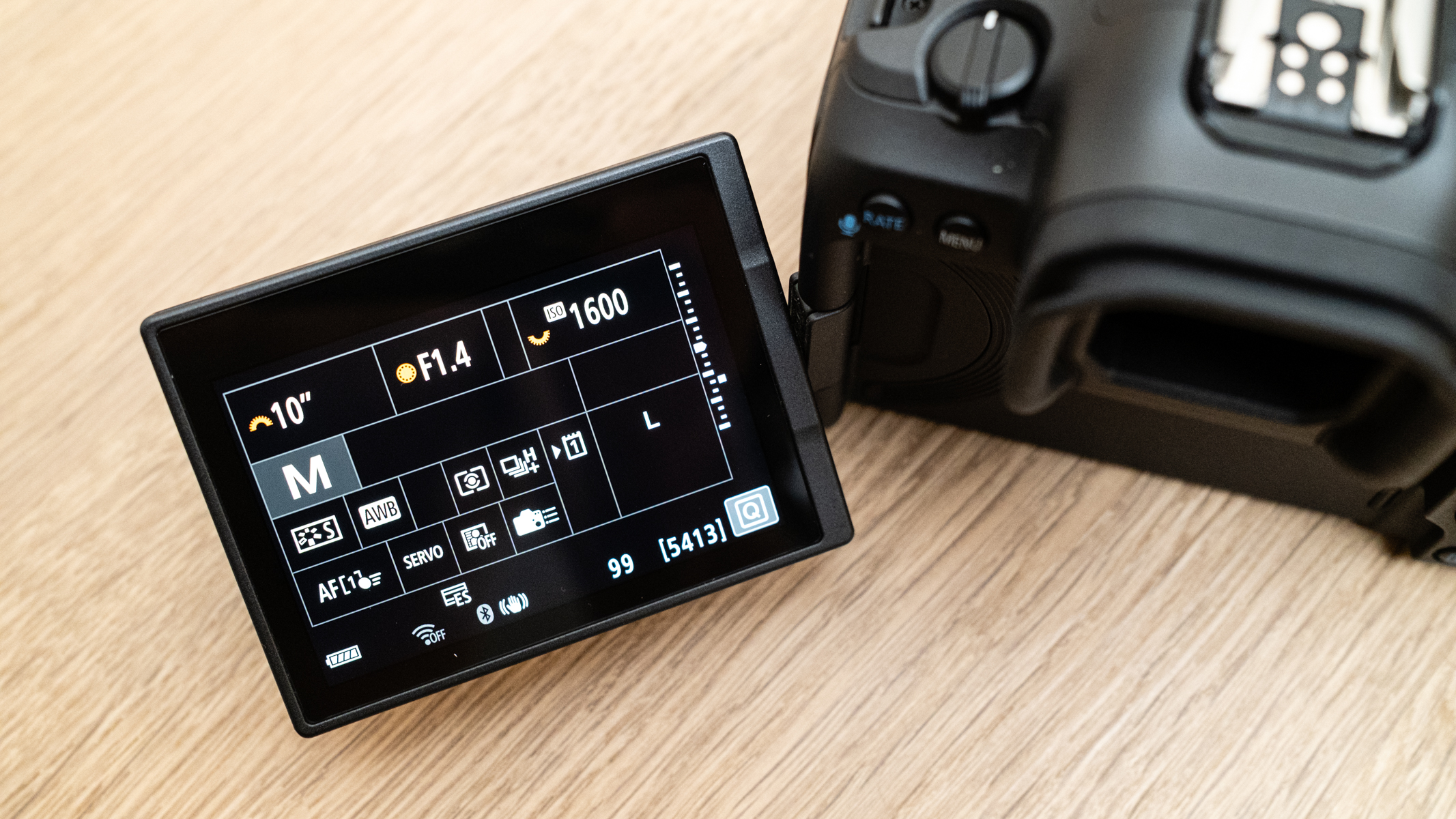
Being a professional camera designed for both photography and video, there are plenty of connections and these include USB Type-C, Wi-Fi 6/6E, Wireless LAN, Bluetooth 5.3, HDMI out, External Microphone In (Stereo mini jack), Headphone socket (Stereo mini jack), N3-type terminal (remote control terminal), PC Sync for studio flash.
Canon EOS R5 Mark II: Functionality

- Dual memory card slots
- Dual processors
- Advanced autofocus
The EOS R5 Mark II features a new high-speed 45MP full-frame back-illuminated stacked CMOS sensor that reduces rolling shutter. This is powered by dual processors: the DIGIC X and the DIGIC Accelerator, which allow for large volumes of data to be processed, fast image capture, fast AF and improved image quality, alongside Deep Learning technologies for in-camera image upscaling and noise reduction.
AI-powered upscaling and noise reduction are impressive features but they can only output in JPEG and HEIF image formats, not Raw files. Upscaling increases file sizes 4x to 180MP, where fine detail is preserved alongside natural color and contrast. Noise reduction certainly works well but the results are less effective at higher ISO settings.
High ISO noise handling is so good, and we'll cover this later, that you may not want or need to use this feature. Adobe Lightroom and Adobe Camera Raw can take advantage of Super Resolution to increase Raw files by the same factor and use Denoise to reduce high ISO noise while maintaining a Raw workflow.
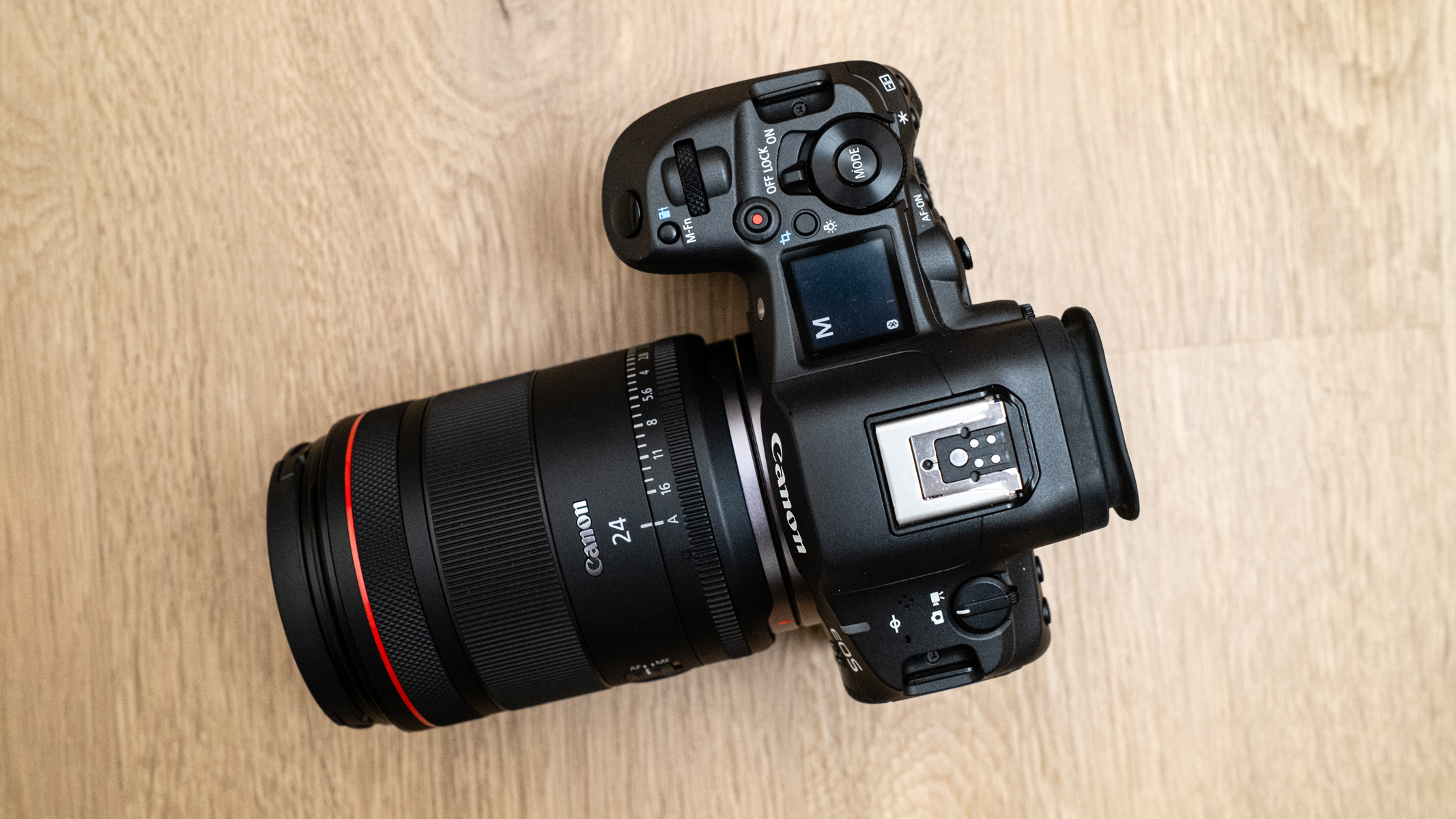
Autofocus is incredibly fast, accurate and intelligent, with fantastic subject detection that can identify subjects even when they're partially obscured by obstacles. The AF system uses Dual Pixel Intelligent AF, where subjects are accurately tracked and Canon claims it's able to identify faces and bodies.
Manual focus is supported by a useful guide that can be positioned over stars and turns green when the subject is in focus. This is fairly reliable but it's still worth zooming into the EVF or the LCD screen view to be sure that focus is 100% correct.
Eye-control AF won’t be useful in an astrophotography context but it remains important to mention. This feature tracks the photographer's eye movement to position the active AF point(s) accordingly. This feature has to be configured within the camera menu and isn't active by default. There's also a new Action Priority mode that is claimed to be able to recognise movements in basketball, soccer and volleyball while tracking the ball and switching between subjects.
Another couple of useful features are the pre-continuous shooting mode that, when enabled, allows the camera to buffer 15 frames while the shutter button is halfway depressed. When you fully depress the shutter button, the buffered frames are also captured to provide a greater hit rate when shooting fast-moving subjects. Then there's up to 8.5 stops of In-Body Image Stabilization, so any lens, even those without Optical Image Stabilization, can benefit from this feature.
Canon EOS R5 Mark II: Performance
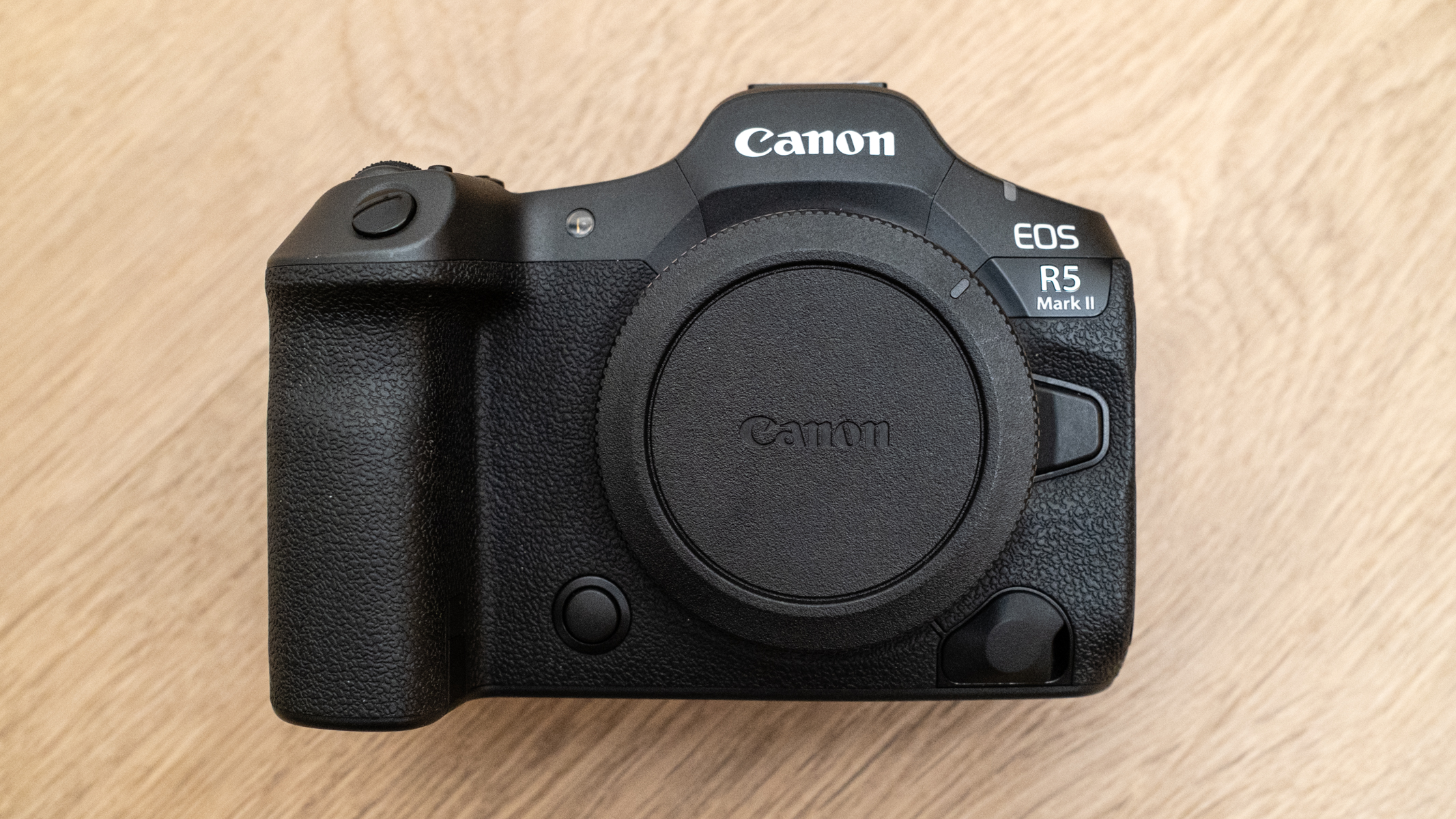
- Excellent overall image quality
- Fantastic high ISO handling
- Professional video capture
The image quality possible with any camera will, in part, come down to the lenses that are used. Better quality glass produces superior image quality. Before going into detail about image quality specifically, the R5 Mark II produces beautifully sharp images with fantastic quality JPEGs straight out of the camera. Although for many photographers, astrophotographers especially, shooting RAW will ultimately produce the best result.
When capturing in Raw, there are several options available, which simply equate to large, medium and small. These options may be useful for some photographers, but it's generally prudent to capture the highest resolution possible, which is 8192x5464 px, to take full advantage of the full-frame 45MP back-illuminated stacked CMOS sensor. Images can be more effectively exported at a smaller size after processing.
The standard ISO range of the camera is 100-51200, with an Auto setting available. ISO can be set in 1/3 or one-stop increments. There's also an expanded range that includes L:50 and H1:102400. You can, of course, use these settings, but expanded ranges never produce the same results or dynamic range as the standard/native range.
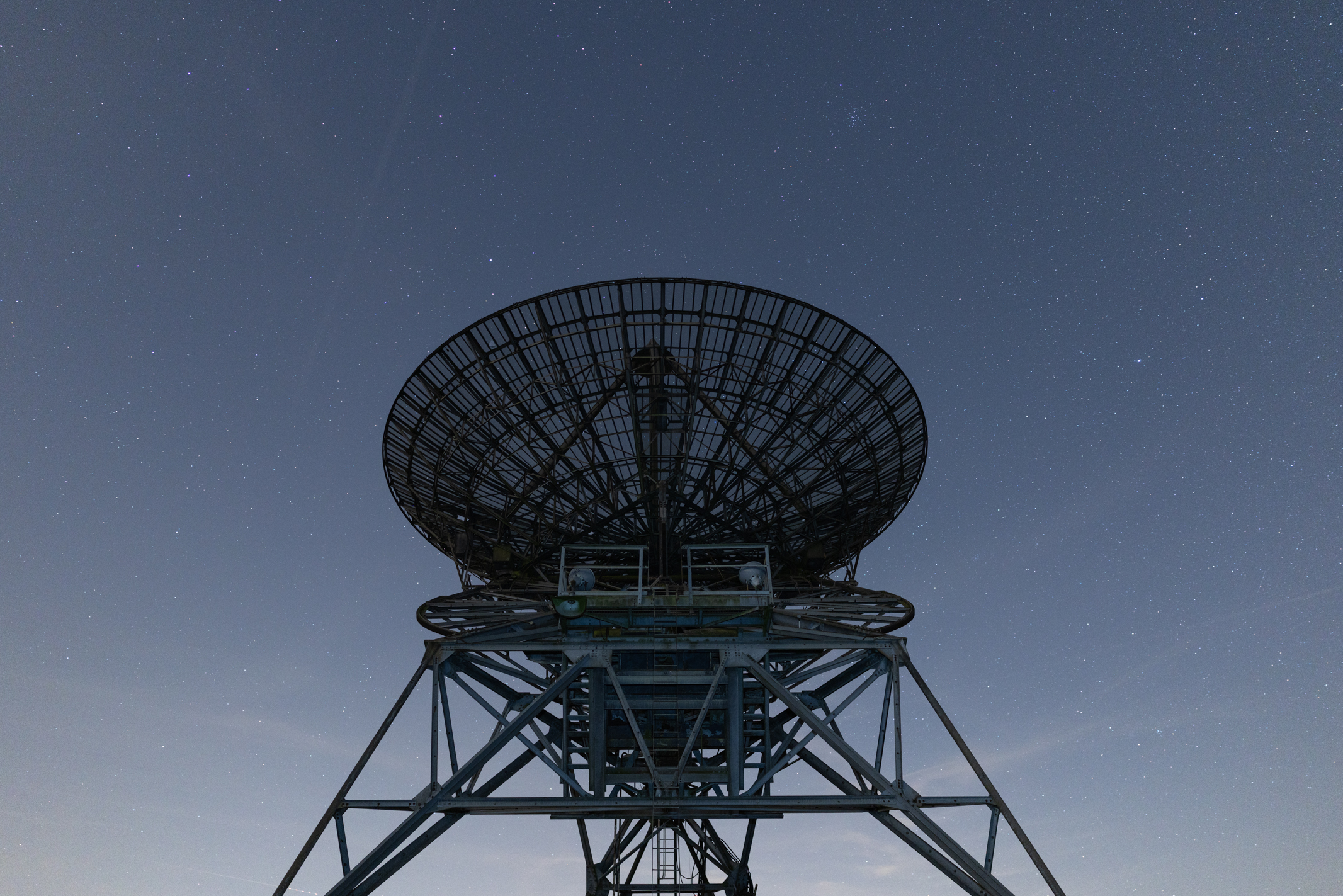
The R5 Mark II is a fantastic performer when it comes to ISO handling, so you can be confident that the typical ISO range for astrophotography – ISO 640 to 1600 produces excellent results. Paired with a fast prime lens, this excellent ISO handling makes the camera extremely attractive to astrophotographers who require a high-resolution camera for making large prints and high-resolution time-lapse videos of the night sky.
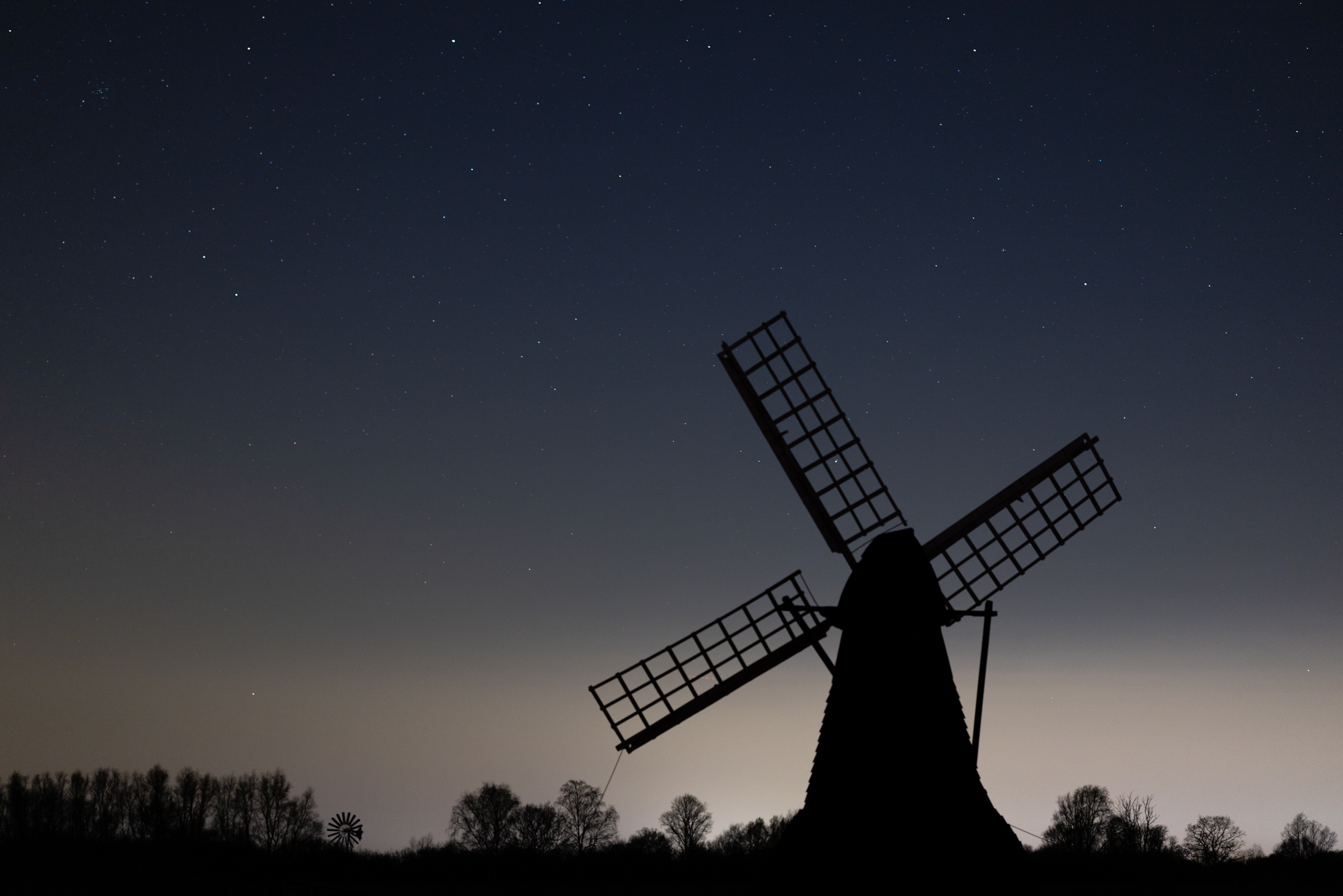
Noise handling up to ISO 1600 is extremely clean with impressive results up to 12,800, where color does begin to suffer but this setting remains usable. ISO 25,600 is also usable, but you wouldn’t want to go this high often. ISO 51,200 introduces much more noise and suffers a loss in color.
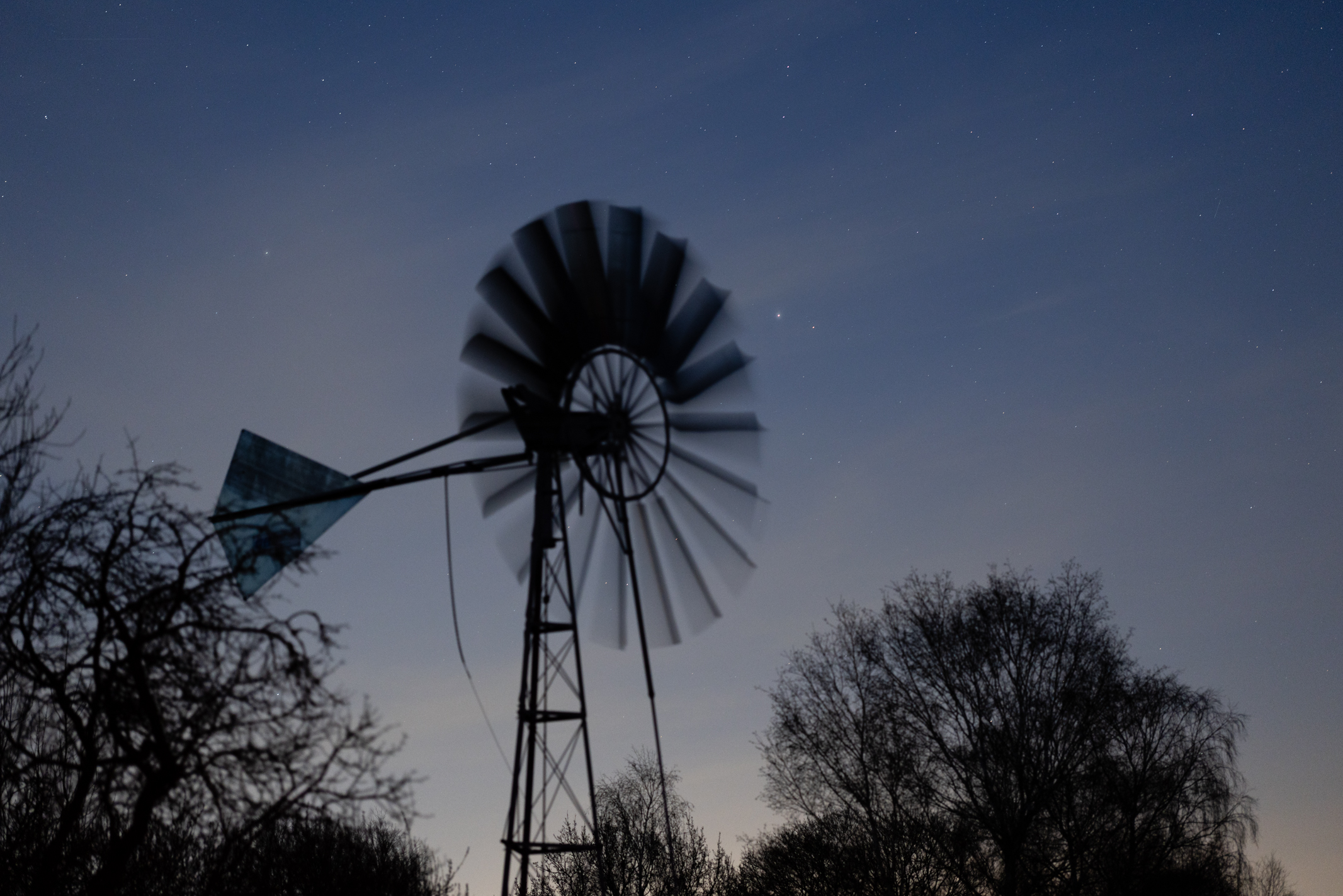
Video is a significant feature of the EOS R5 Mark II, with the ability to capture up to 8K 60 FPS from the full width of the sensor and 12-bit Raw video in-camera. 4K video can be captured up to 120 FPS, while 2K and Full HD can be captured at up to 240 FPS.
Canon C-Log flat color profiles are also available, as well as standard color profiles. You also get the ability to capture proxy video to one memory card with full-resolution files recorded to the other. There's also a Dual Shooting function where you can capture high-resolution stills and Full HD video simultaneously.
Canon EOS R5 Mark II: Price
The Canon EOS R5 Mark II is a professional camera designed for shooting, well, every subject you can imagine. A versatile high-resolution camera like this naturally comes at a price, but you won't be disappointed with its performance.
Body only, the EOS R5 Mark II costs $4299 / £4499. Considering it offers many of the same features as the flagship Canon EOS R1, this is a comparatively modest price, although they are different propositions.
You can also buy the EOS R5 Mark II in a kit with the Canon RF 24-105mm f/4L USM lens for $5399 / £5749. This is a great workhorse lens that can be used for capturing a wide variety of subjects. You can use it for astrophotography, but it would require a significantly higher ISO than an f/1.4 prime lens, for example.
Canon EOS R5 Mark II: User reviews
Users are typically reporting that the Canon EOS R5 Mark II is an 'amazing upgrade' with fantastic noise handling and offering stunning image quality overall. One user says it's the best camera they've ever used, while another said, 'The R5 Mark II is a wonderful camera, exceeding all my expectations'. It's fair to say that this camera is unanimously appreciated by users.
How we tested the Canon EOS R5 Mark II
The Canon EOS R5 Mark II was tested over a week and tested with the 85mm f/1.2 and 24mm f/1.4 lenses. The camera was tested in both the daytime and at night to test the full range of features, including ISO handling. The primary focus of testing was the night sky using manual focus and exposure controls, where general operation in the dark could be assessed.
Should you buy the Canon EOS R5 Mark II?
Buy it if:
✅ You would like high-resolution: With its 45MP full-frame back-illuminated stacked CMOS sensor and great image quality, you can enjoy large image files.
✅ You'd like a professional spec camera: This is a professional camera with professional levels of performance.
Don't buy it if:
❌If you're on a budget: This is a professional camera that comes with a professional price tag you may not be able to justify.
❌You don't require such high resolution: If 45MP is more than your need, the 24.2MP Canon EOS R6 Mark II could be a better choice.
The Canon EOS R5 Mark II is a fantastic camera with some of the latest camera technology available. The build quality and design can't be faulted, while the features available, including fast and precise autofocus, make it a pleasure to use.
The camera is designed to shoot any subject, including high-end video, while the 45MP sensor produces large images alongside excellent high ISO handling. This makes it an excellent option for astrophotography if you have the budget and you'd like one of the best Canon mirrorless cameras money can buy.
If this camera isn't for you
The Canon EOS R6 Mark II is another great option for astrophotography with a 24.2MP CMOS sensor and impressive high-ISO handling. It's also much less expensive than the R5 Mark II.
The Canon EOS R8 is an attractive camera for astrophotography and is much less expensive than the R5 Mark II. It also has a lower-resolution 24.4MP sensor, but it's a budget option worth considering.
If you'd prefer a camera with even more tactile direct access controls, the Fujifilm X-T5 features a 20.2MP APS-C sensor and some impressive technology packed into its retro-inspired design.

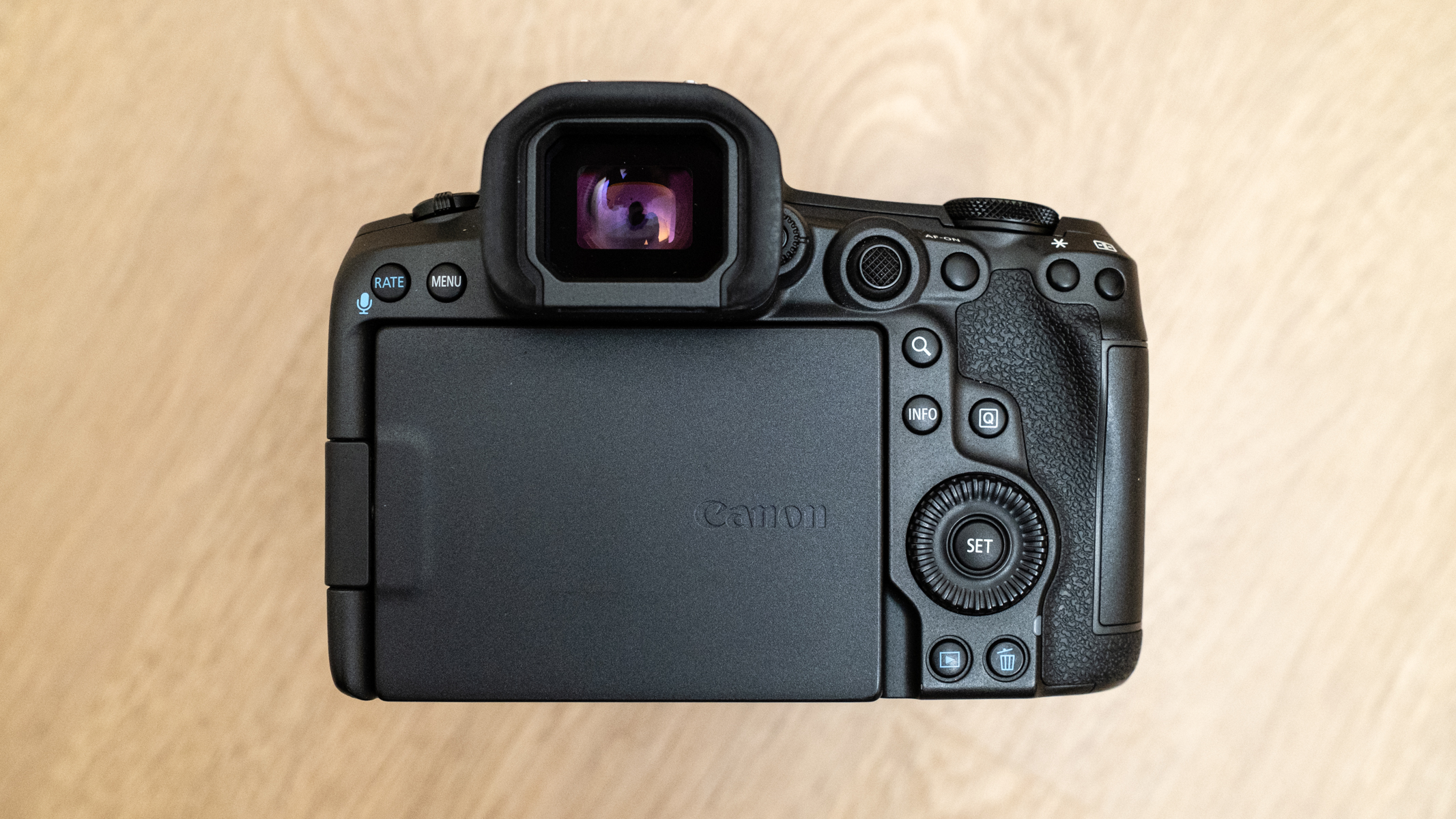

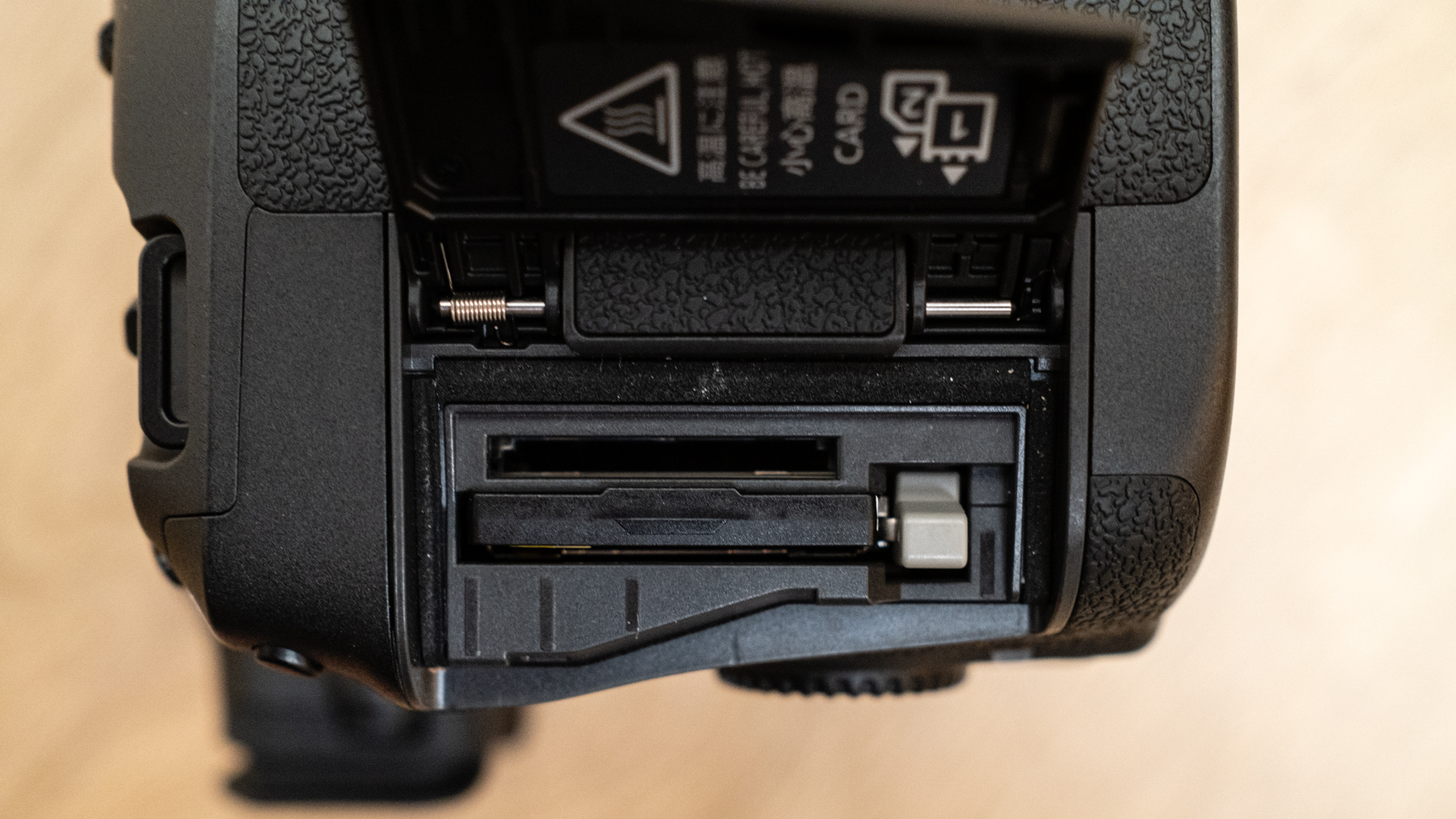
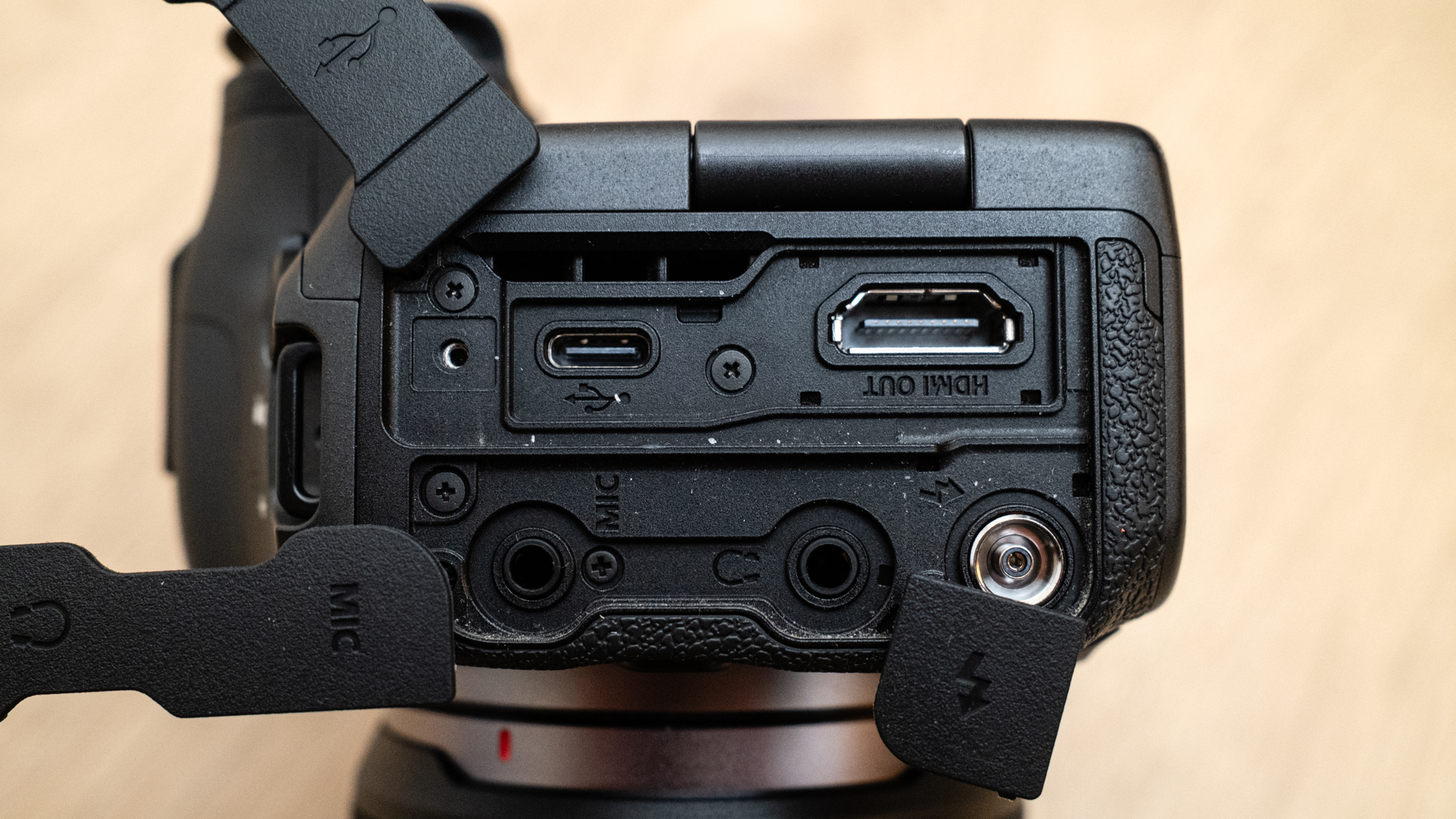
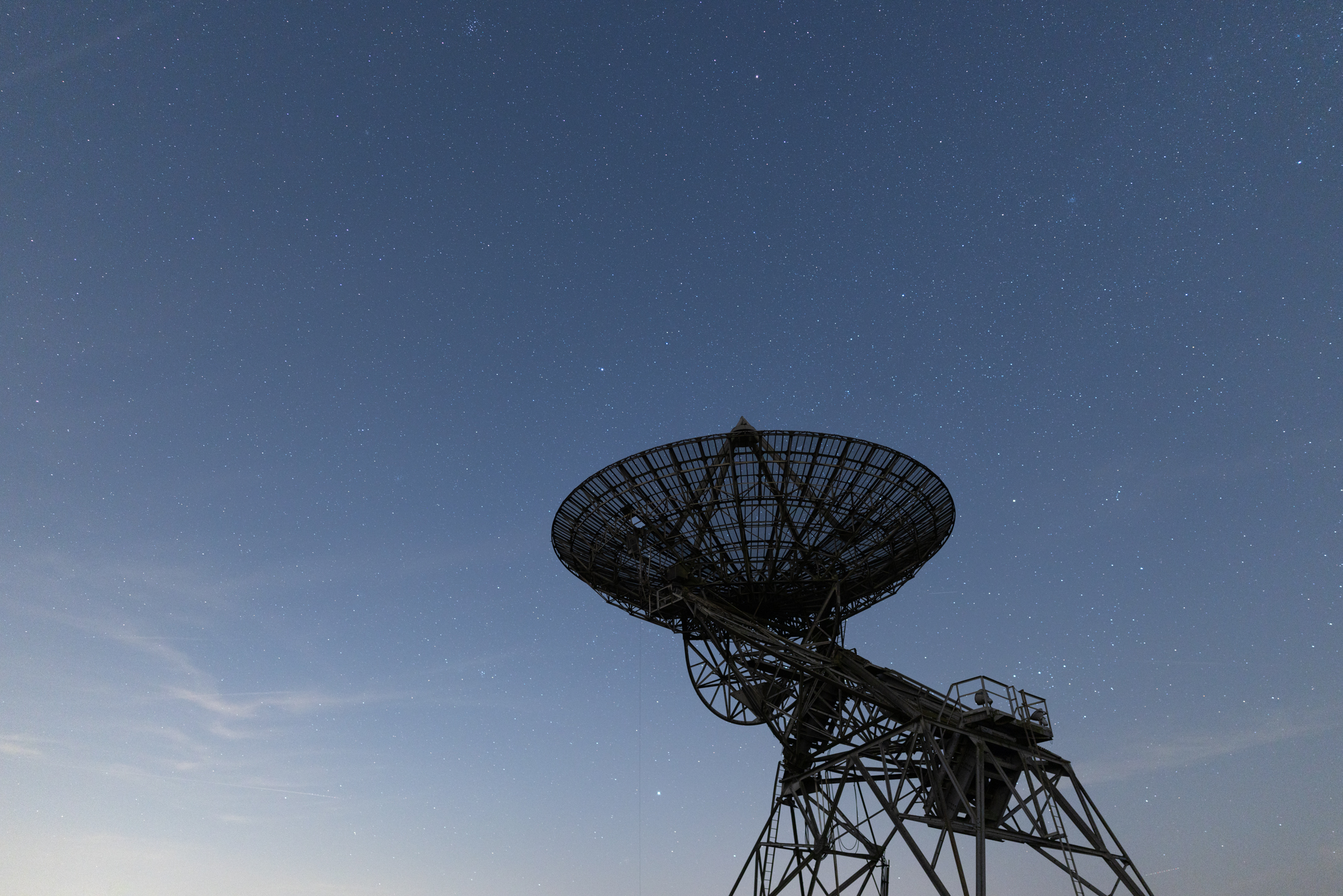
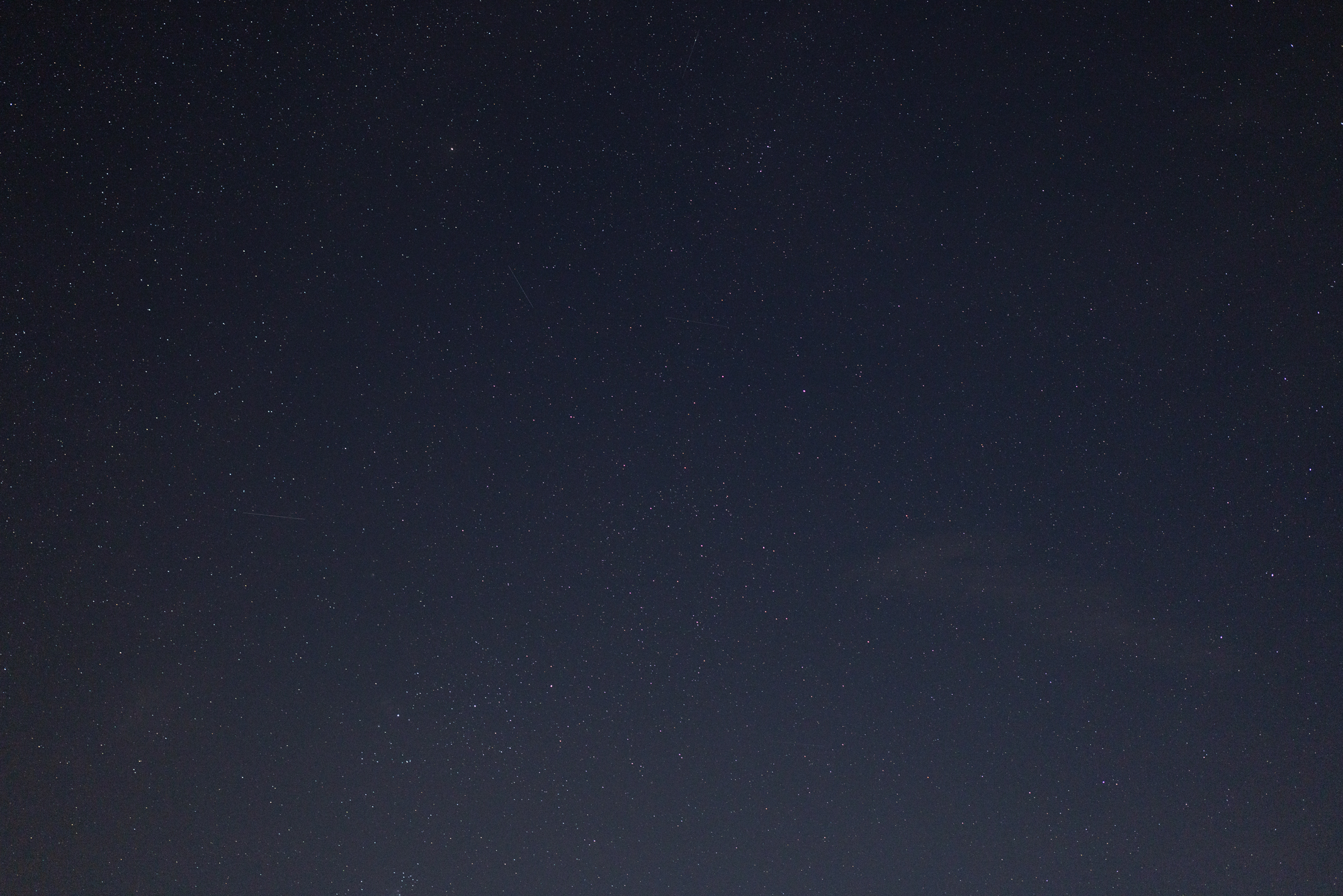


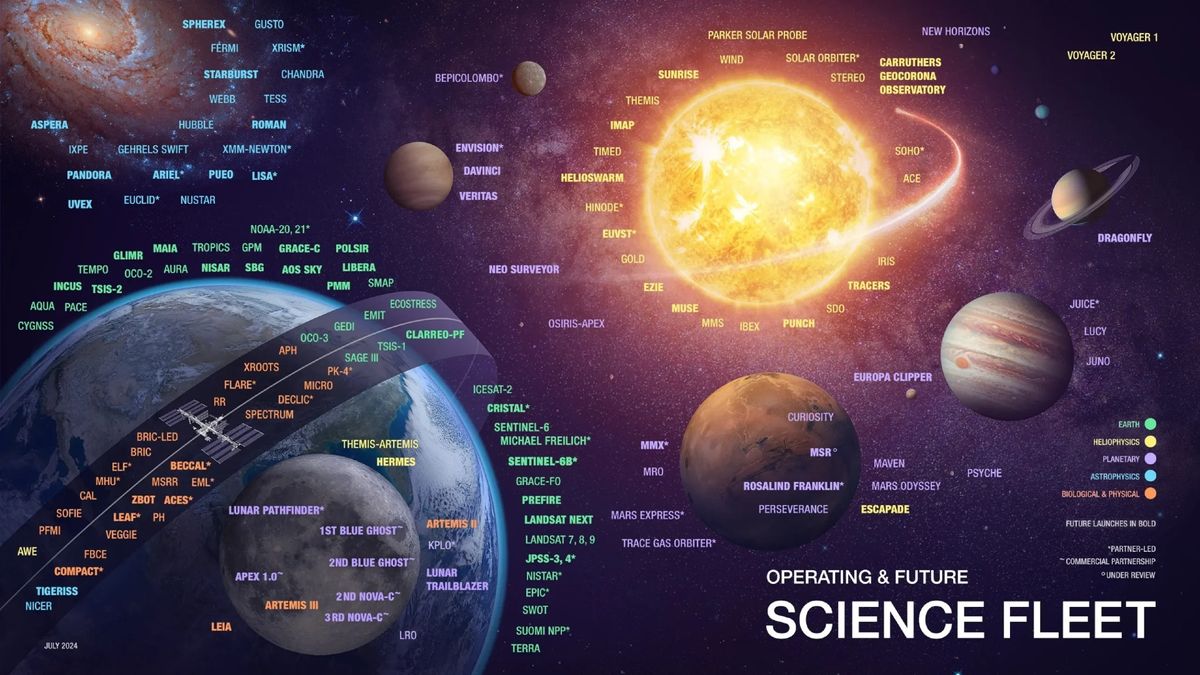






 English (US) ·
English (US) ·